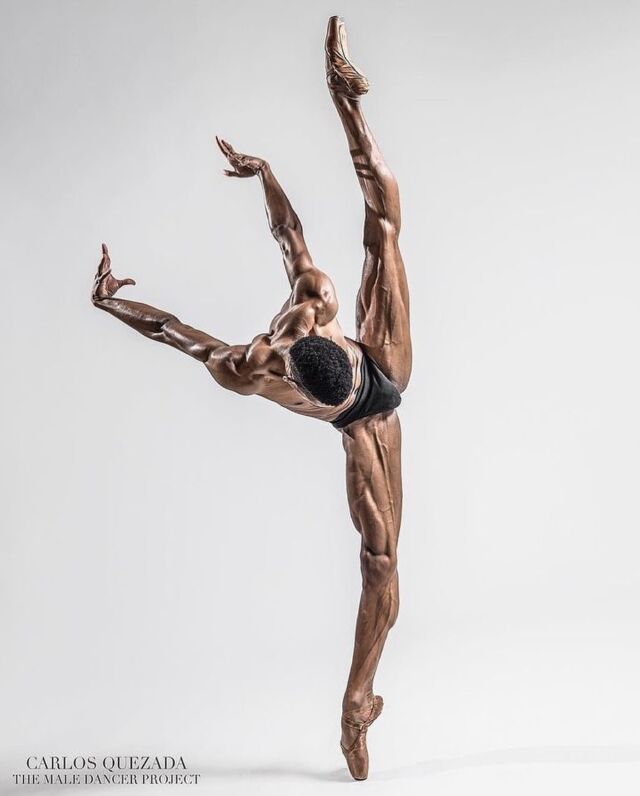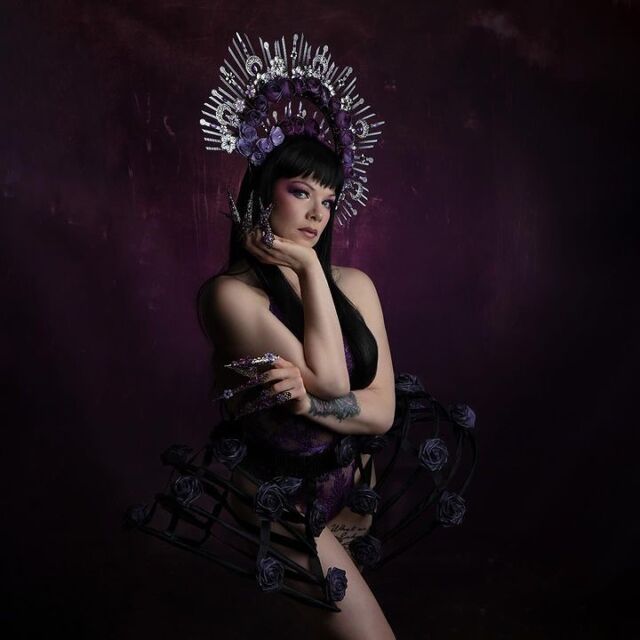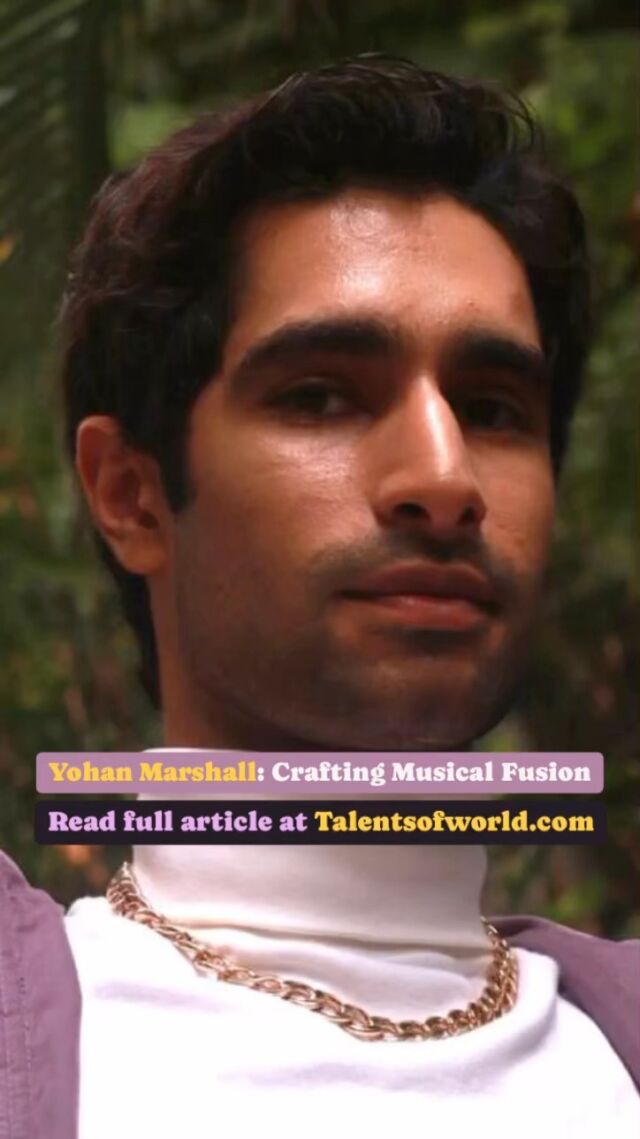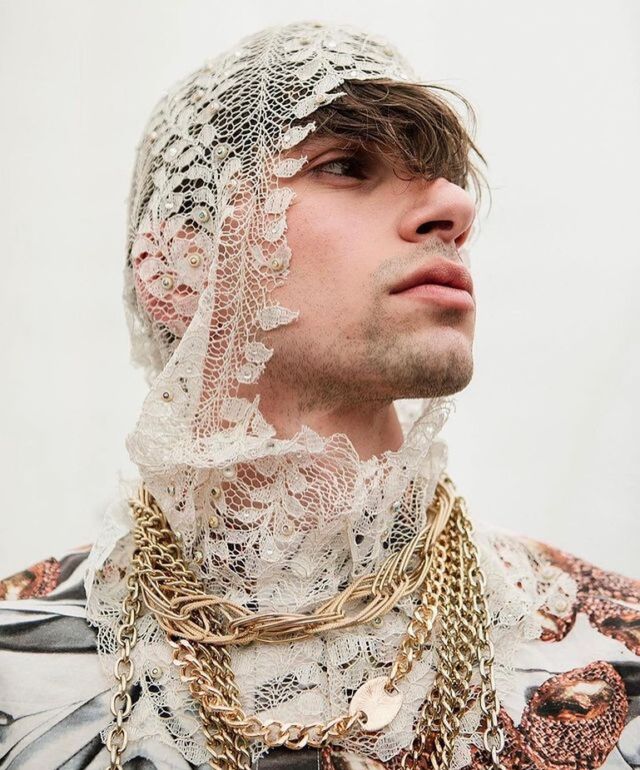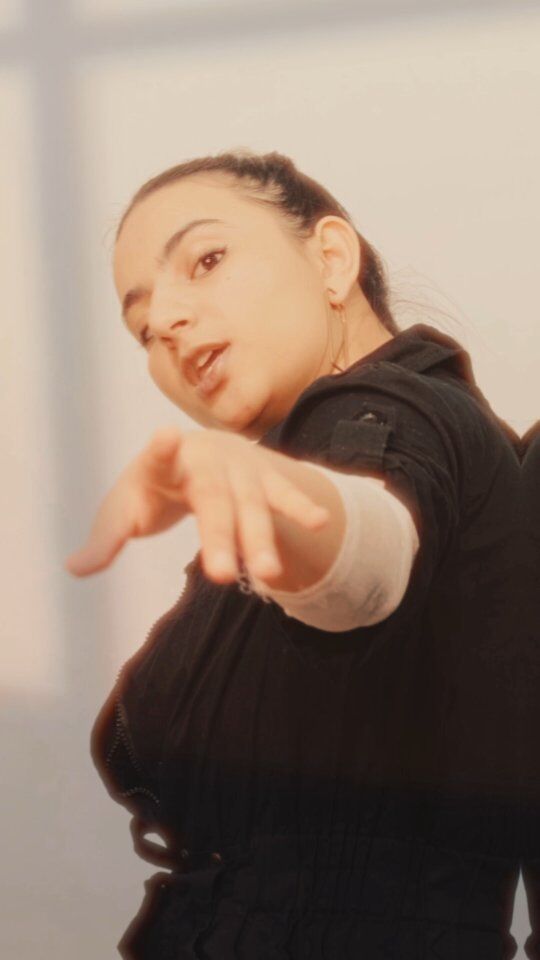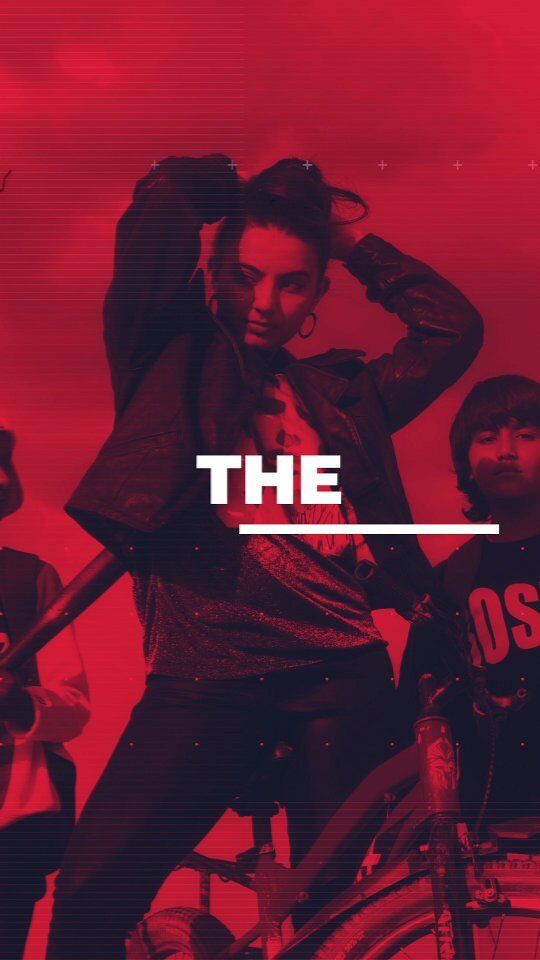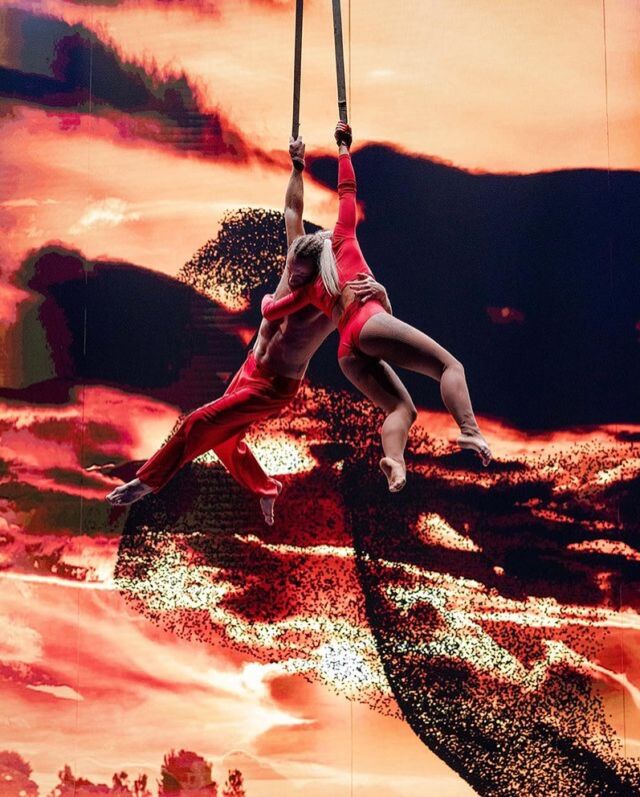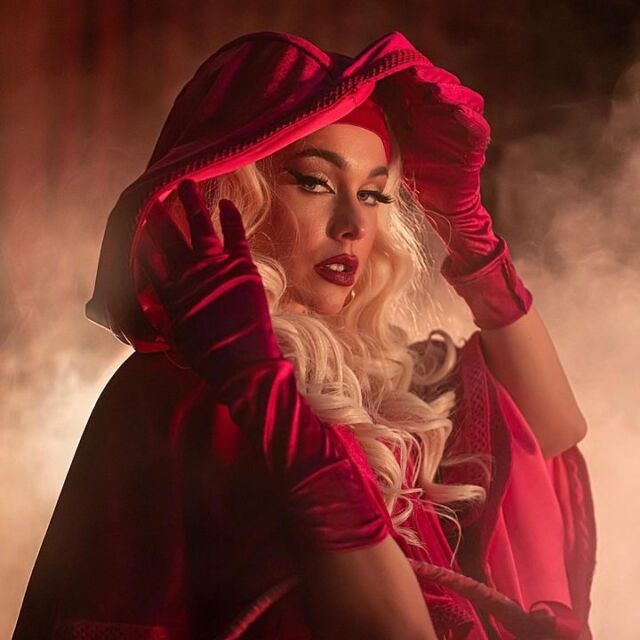Twenty years ago, the Ultimate Fighting Championship was on life support. Broadcasters scoffed at the idea of televising half-naked men pummeling each other inside a caged octagon, engaged in a sport where broken bones and dislodged teeth were common. Venues closed their doors and advertisers their wallets.
The extreme violence meant there was no way to monetize the mixed martial arts promotion, Kevin Kay, who was then an executive at Spike TV, explained to the U.F.C.’s owners and its president, Dana White, in a 2004 meeting.
“I really like it but I don’t see how I’m going to get Budweiser to put their logo on the mat when there’s blood on it,” Kay recalled saying.
This weekend, T-Mobile Arena on the Las Vegas Strip will host U.F.C. 300, a pay-per-view milestone for a sport that was once effectively banned from television. And it has television to thank for its longevity.
After being spurned by networks large and small, the U.F.C. leadership devised a last-ditch plan to become profitable: a reality TV show in which 16 athletes would live together in a Las Vegas house, training and fighting one another with a six-figure contract on the line.
If it did not work, the U.F.C. would crater.
But the first season of “The Ultimate Fighter,” which aired on Spike TV in 2005, succeeded in humanizing the athletes as actual people instead of mindless punching bags. Viewers appreciated the behind-the-scenes looks at training regimens and cutting weight.
“It gave the sport a face and an emotion that most people didn’t know it had,” said Craig Piligian, an executive producer on “Survivor” who helped the U.F.C. refine its premise for “The Ultimate Fighter.” “That’s what really turned the tide.”
The U.F.C. is now a lucrative live event and entertainment entity — it was purchased for $4 billion in 2016 — and has sold out arenas like Madison Square Garden and the O2 in London. It is expected to command billions of dollars in negotiations next year as its media rights agreement with ESPN expires. ESPN will begin airing the 32nd season of “The Ultimate Fighter” in June.
It was a long journey to U.F.C. 300, however, for a sport that was once the scourge of politicians and considered too risky for television networks.
In 1996, three years after the U.F.C.’s first event, Senator John McCain called mixed marital arts “human cockfighting” and sent letters to all 50 state governors imploring them to prohibit it. Most states instituted bans, and many major cable providers refused to air the fights. The U.F.C. withered as it relied on venues in smaller metros like Cedar Rapids, Iowa, and Lake Charles, La.
Nearing bankruptcy in 2001, its owners sold the company to Frank and Lorenzo Fertitta, who grew wealthy as casino operators, for $2 million. They gave White, their longtime friend and a former boxing manager, a 10 percent ownership stake and installed him as president.
Later that year, New Jersey adopted a unified rule set, banning blows to the back of the head and spine or strikes to the throat, ahead of other states following suit. The Fertittas estimated that their investment in the company was nearly $40 million, yet it remained unprofitable. Television networks still turned up their noses.
“It just was seen as alternative, over-the-top and not the usual conservative stick-and-ball movement we had been accustomed to airing on our platforms” said Mark Shapiro, an executive at ESPN in the early 2000s who is now the president of TKO, the U.F.C.’s parent company. “It wasn’t ready for prime time. It wasn’t critical mass.”
Quickly losing options, the Fertittas and White met with Spike TV, a niche channel whose programming targeted male viewers. White was energetic during an hourlong meeting, Kay said, “pounding on the table” and saying that the U.F.C. would be bigger than the N.F.L. But they left without a deal.
Frustrated, the U.F.C.’s leadership enlisted Piligian, who had worked with the Fertittas on the Discovery Channel series “American Casino.” He had discussed a fighting reality show concept with them in the past and helped develop a format similar to “Survivor.”
The contestants would live together in close quarters for nearly 60 days, and compete in challenges like obstacle races before fighting one another. Two of the U.F.C.’s biggest stars, Chuck Liddell and Randy Couture, would serve as coaches.
“These guys wake up in the morning and are across the table from each other eating Rice Krispies, and then they have to fight in the afternoon — that’s difficult,” said Piligian, now the managing director of Lionsgate’s alternative television division. He added, “It was a tried-and-true format we knew would be a pressure cooker.”
Piligian and U.F.C. leadership pitched the revised idea to Spike TV executives in Los Angeles. Kay said the format was appealing to the network because it would teach the audience about mixed martial arts, which combines unarmed combat forms like boxing, wrestling and jujitsu.
“They’ll see that it’s not just guys in a cage beating each other and blood all over the place,” Kay said.
But budget constraints prevented Spike TV, which has since rebranded as Paramount Network, from immediately starting production. The Fertittas provided $10 million to cover costs, but decided they would no longer invest in the U.F.C. if the season failed.
The show was a success, averaging at least 1.9 million viewers weekly from its inception through 2008. Some fighters inside the home drunkenly bickered with each other, similar to reality shows such as “The Bachelor.” Contestants fought on a blue canvas devoid of sponsorships, a stark contrast to the Monster Energy, Modelo and DraftKings logos now emblazoned inside U.F.C. octagons.
Forrest Griffin had quit his job in law enforcement to join the first season of “The Ultimate Fighter” and won the final fight against Stephan Bonnar in a unanimous decision. White still gave both men contracts, and Griffin participated in the U.F.C. until 2012.
Although he became a light-heavyweight champion in 2008, he says the most important fight of his career was the finale of “The Ultimate Fighter.”
“That night I won that fight, I was a professional fighter,” Griffin said. “I wasn’t a part-time bouncer. I wasn’t a police officer who just happened to fight.”
In a parking lot next to production trucks outside the fight arena, Spike TV executives and the Fertitta brothers entered a handshake agreement for a second season. The network would pay the production costs and soon began broadcasting other U.F.C. fights.
White declined to comment for this article, but he has previously credited the finale of the first season of “The Ultimate Fighter” as the moment that salvaged the U.F.C. On a podcast last month, White called it “the most perfect fight at the most perfect time.”
The bout catapulted the expansion of the U.F.C., which soon bought rival companies and in 2011 signed a $700 million contract with Fox Sports. The U.F.C. aggressively lobbied state politicians to regulate the sport, and in 2016, New York became the last state to lift its ban on mixed martial arts. Two years later, ESPN signed a $1.5 billion agreement with the U.F.C.
Matt Kenny, the vice president of programing and acquisitions for ESPN, said in an email that the network partnered with the company to bolster its young ESPN+ streaming service, and to capitalize on the U.F.C.’s “diverse, affluent and digitally native” fan base.
Decades earlier, that fan base was irrelevant to the same television channel.
Source link







![Growing up learning Indian Classical Music, I’ve developed a deep appreciation for diverse musical genres, and techno is definitely one that has captured my interest. Got inspired to write this track by blending the beautiful melodies of Hindustani classical, particularly Raag Bhairav, with the beats of techno. Excited to share this fusion with you all!
Music by @miladzki
Check it out and vibe with me! 🎶✨
[ techno, newmusic, fusion, indianclassicalmusic, techno, music, kakisinger ]](https://talentsofworld.com/wp-content/uploads/wp-social-ninja/instagram/9xm.tv/18327743320185528_full.jpg)
![Listen to this Version of Dil Kho Gaya
Original Song From the Movie Dil.
Anand-Milind, Udit Narayan, Anuradha Paudwal sung this song
Music by Anand-Milind
Hope you guys like this Rendition of the Classic Song by Kaki Singer.
Like, Share & Comment.
[ Dil, Dil kho Gaya, old songs, Classic Bollywood, old song covers, retro songs, indian old songs, old hindi songs, melodies, kaki singer, Indian singers ]](https://talentsofworld.com/wp-content/uploads/wp-social-ninja/instagram/9xm.tv/17999564600299237_full.jpg)
